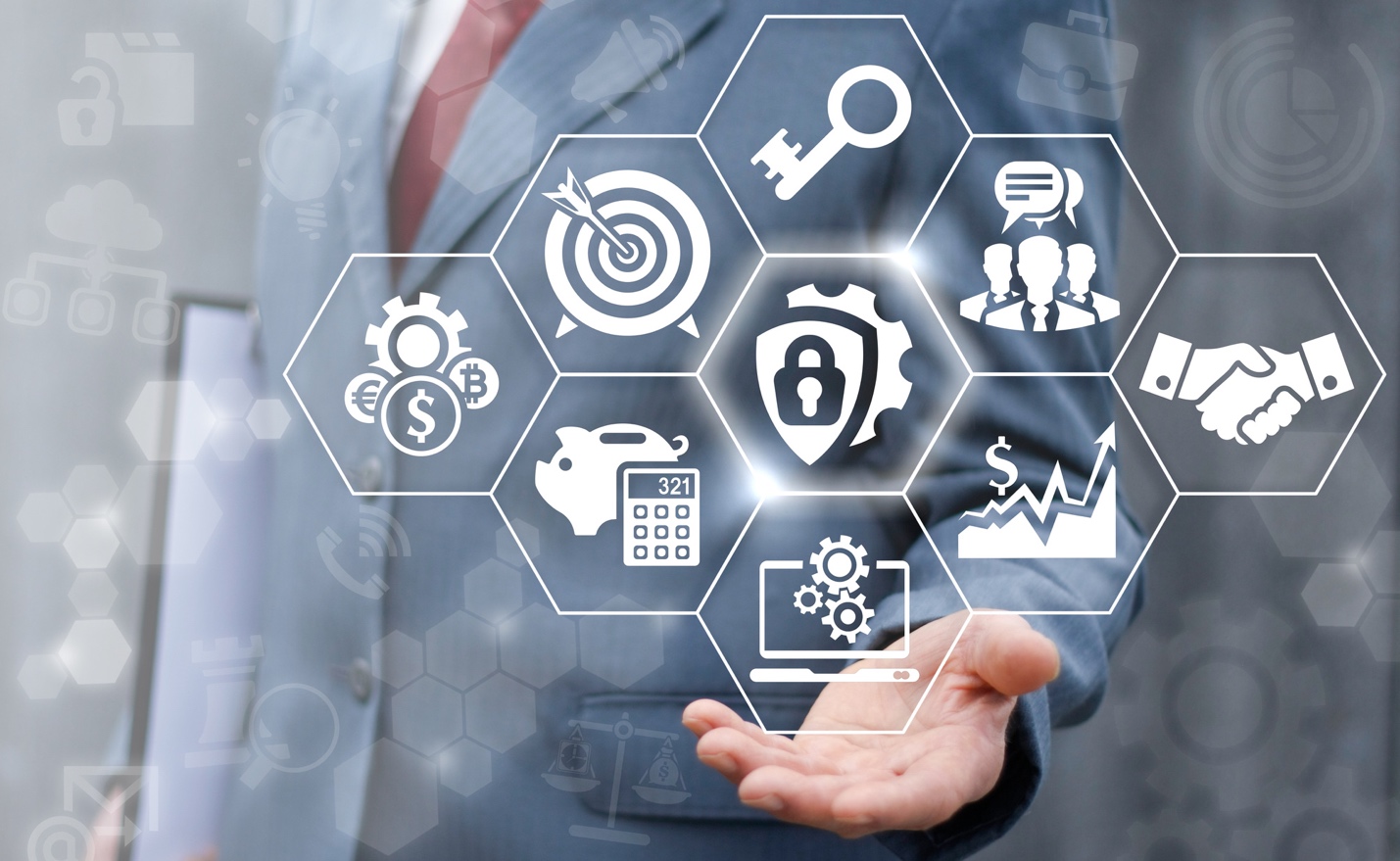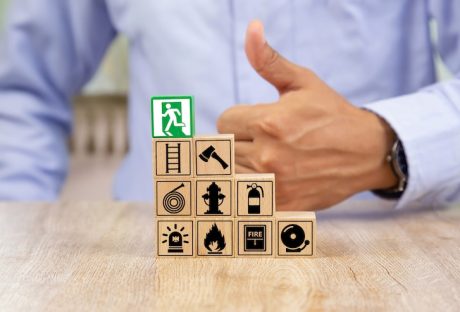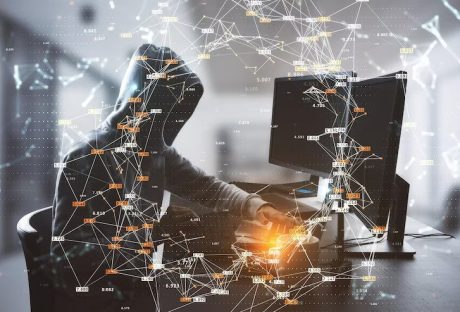Ever feel nervous about walking in your neighborhood late at night? Have you ever wished you could bring something to keep you safe but not something as hazardous as a gun?
The total violent crime reported in the United States is 1.2 million. While the crime rate in the country is on a decline, you can never be too careful when it comes to your safety.
Whether you’re a man or a woman, you need to have the best personal protection devices around.
In recent years, there has been a growing awareness around personal alarm for seniors. With a lot of senior citizens staying alone and away from their children, their safety should be a top priority. They might not be physically strong enough to combat criminals with self-defence strategies. Using a personal alarm that is GPS-based can help them alert the police authorities and ensure that help arrives.
No one wants to become an attack victim no matter what location. Depending on your area, crime might not be that common and you can walk without having to worry about getting mugged.
With this, you have a lot of options when it comes to getting the best self-defense weapons. These are non-lethal and allow you to at least escape from your assailant, such as:
The Stun Gun :
One of the most standard means of defending yourself, stun guns charge attackers with electrical shocks. Its primary function is to weaken the attacker, which gives you a lot of time to escape them while they lie incapacitated.
After all, after pulling the trigger, these self-defense weapons can pump around 700,000 volts into your assailant’s body.
Some of the stun gun models are minuscule enough that you can hide it in a cigarette pack. Their power source is lithium batteries that you can carry in handbags or waist straps.
They’re faster and can stop a person more efficiently than an airsoft gun.
The Stun Baton :
This device’s primary use is to disrupt the attacker’s brain and muscle communication capabilities. What this means is that they become paralyzed and lose balance as well as muscle control. It disorients them in a way that makes them incapacitated within 5-10 minutes due to the 800,000-volt discharge.
This baton can run using rechargeable batteries. It comes with a belt loop to make it easier to carry around and reach if things become dangerous.
The Pepper Spray :
One of the most preferred self-defense weapons for women, the pepper spray looks like a lipstick. The container is available on a variety of colors females like. However, it packs a punch due to the fact that it contains oleoresin capsicum, an oily liquid that comes from the Cayenne pepper, which is 4 to 20 times hotter than the Jalapeno pepper.
It’s small and easy-to-access since you can fit it into your pocket or purse. It’s simple to use, and you can pretend like you’re applying lipstick before you spray it on your attacker. It gives them short-term blindness as well as unbearable pain, sneezing, coughing, and streams of tears, allowing you to flee.
Not sure where to get the best sprays? You can find some of the better options in the market at this website.
The Stun Ring :
This legal weapon to carry can pass for a common fashion ring with its elegant design. What’s more important is that it gives you safety since it contains pepper spray within. This allows you to strike at your attacker when they least expect it.
The Personal Alarm :
It’s a really small device but it can emit a loud scream when you push a button. That means you can attract people’s attention when you’re attacked. Sometimes, it’s enough deterrent to attackers since it continues emitting the screams until you stop it.
Some of the models come with a built-in light. This allows you to use it outside of emergency situations. For example, you can use it to find your way when it’s too dark for you to see.
The Lightning Strike :
Police officers used to have exclusive use for this product. However, most civilians use it in recent times as well. It works by producing several lumens of strong white light that blinds and disorients attackers for short periods of time.
This device with its LED light is small and portable enough. You can carry it anywhere, even when you’re jogging early in the morning.
The Mace Spray :
Much like the pepper spray, this tube-like device causes temporary eye impairments by causing capillary inflammation. Aside from this, it causes the following effects to your attacker:
- Choking
- Sneezing
- Burning Sensation (eyes, nose, throat)
The effects are temporary. But it gives you enough time to ensure your escape. It’s a great way to break free from someone grabbing you.
The TASER Device :
This device has the capability to make an attacker stunned from within 15 feet away. However, if you’re stuck within melee range, this device can also deliver powerful stunning capabilities. It’s easy to use and effective due to the fact that it can incapacitate the attacker no matter what part you hit.
The TASER device is a lot more effective compared to pepper sprays and other self-defense weapons. After all, you don’t need to target your attacker’s face to get the most out of its effects.
The Tear Gas Spray :
The device utilizes tear gas, which could cause irritation of the nose, throat, and eyes. However, it’s not as widely used as pepper spray due to its less effectiveness. Its main redeeming feature is that it’s much cheaper than most of the other devices around.
The Ultrasonic Dog Repellant :
If you’re in a situation where your attacker isn’t a human, this is one of the most effective ways for determent. After all, it emits sonic waves with high frequencies, ranging from 20,000Hz-25,000Hz. This type of sound is so high that humans can’t hear it–but dogs and cats can.
What this means is that, with a press of a button, you can point it on an aggressive canine to irritate it and chase it away. The ultrasonic sound emitted by the device doesn’t affect human attackers.
However, it helps give you a safe distance away from wild, hostile dogs that would otherwise assail you.
Are You Prepared to Counter an Attack?
When it comes to attackers, it isn’t always a weird, creepy guy hanging out in dark alleyways waiting to pounce. After all, more than 66% of all rape victims are at least acquaintances with the people who assaulted them. As such, it’s safe to assume that the majority of the attacks happen when least expected.
A good self-defense weapon only plays a part in defending yourself from an assailant. After all, your weapon won’t have any use if you aren’t prepared. It’s especially important when you need to use it on someone you didn’t expect.
If you make a proper self-defense plan, you can avoid becoming victimized. Here are some things you need to prepare for a counterattack:
Knowing Your Weapon :
You need to familiarize yourself in such a way that you can use it as an extension of yourself. There are some safety mechanisms that can slow you down if you aren’t trained in their tricky operation.
Actions, like pressing the right button or uncapping your pepper spray, will make a crucial difference on whether you can fend your attacker of in time or become a victim.
Have a Quick Access :
Always keep your weapon reachable whenever it’s necessary. If you need to fumble through your pockets or purse during an attack, you might not have the time to defend yourself. That will only help your attacker catch you better.
If you keep your weapon on a purse, make sure it’s in a place where it won’t get buried by your other essentials. Better yet, if you’re walking to your car or some dark alley, hold it at the ready.
This will enable you to use it as soon as the danger comes your way, offsetting their advantage if they get a drop on you.
Stay Aware of Your Surroundings :
In the best-case scenario, you should always avoid dangerous locations and shady people. However, if you can’t, make sure that you stay alert and keep your distance from possible threats. This reduces the chances of you getting attacked by the people who lurk around waiting for you.
Know your location, specifically the nearest exits and safe areas. Know where the security doors are and where you might get trapped or locked in.
That way, you have an escape route that can get you to a place close to police stations and other bustling public locations. After all, a lot of attackers become deterred when they know that it’s possible for people to witness their possible crimes.
Get Your Personal Protection Devices Today!
It’s important to keep these personal protection devices in mind.
Getting at least one or two can help you get a greater degree of protection that can offset a potentially dangerous situation. After all, it’s always better for you to prevent a crime from happening instead of becoming a victim of one.
Do your best to avoid becoming a crime victim with these devices. Also, make sure that you at least know how to operate and reach them should the need arise. After all, your device is useless if you don’t have the skills and confidence to use them when a crisis comes your way.
But don’t stop here!
There are more important survival tips to learn! Feel free to visit us today and discover more, like this post showcasing the biggest survival lies in movies.






















